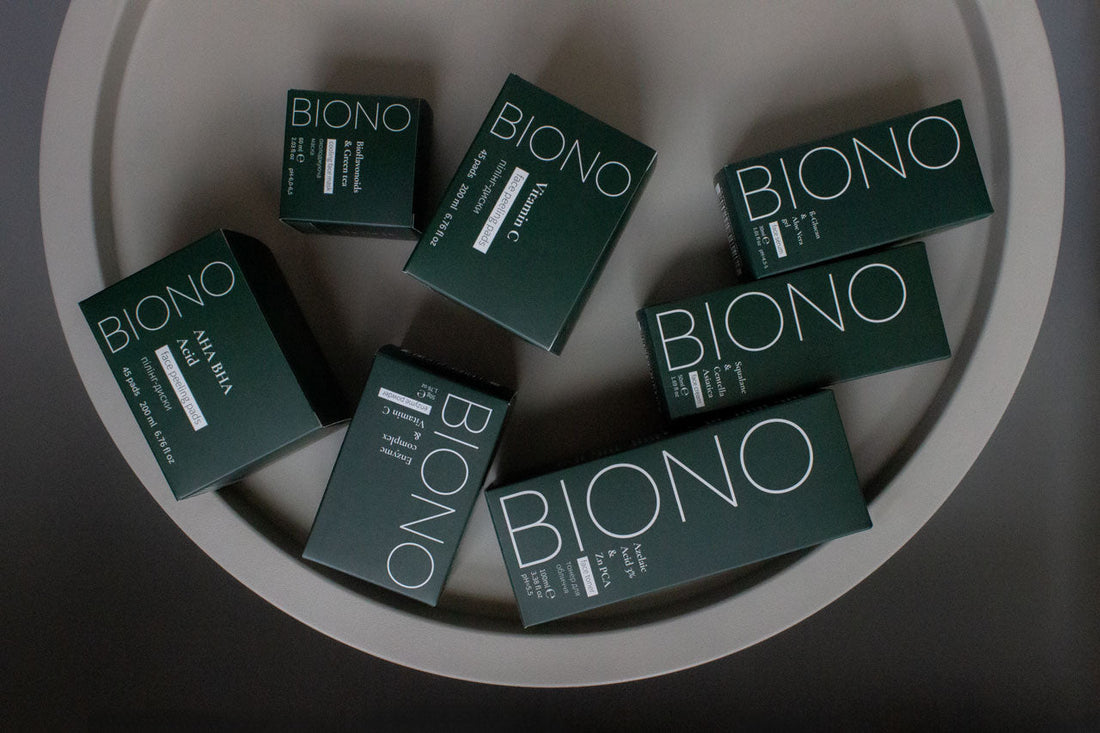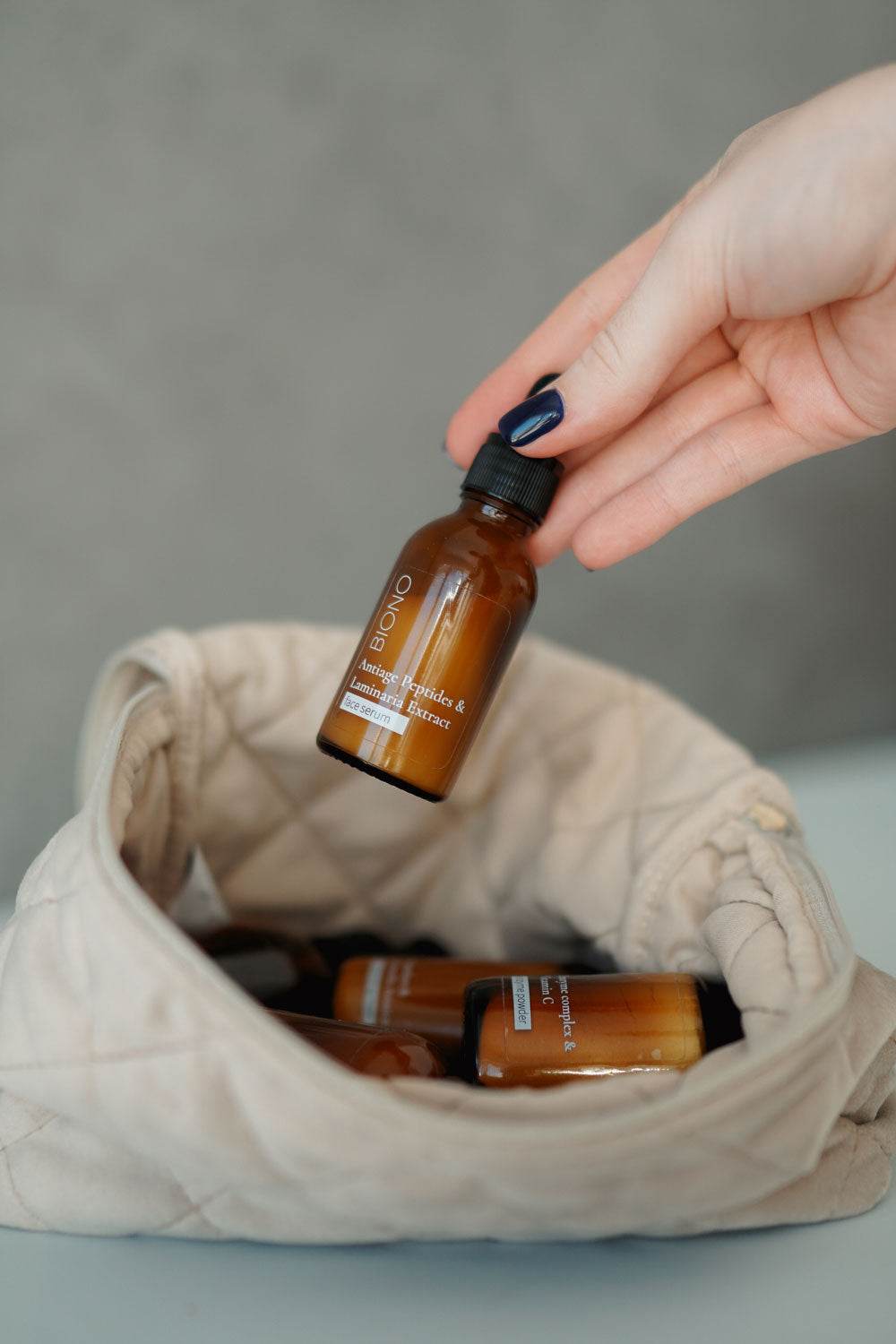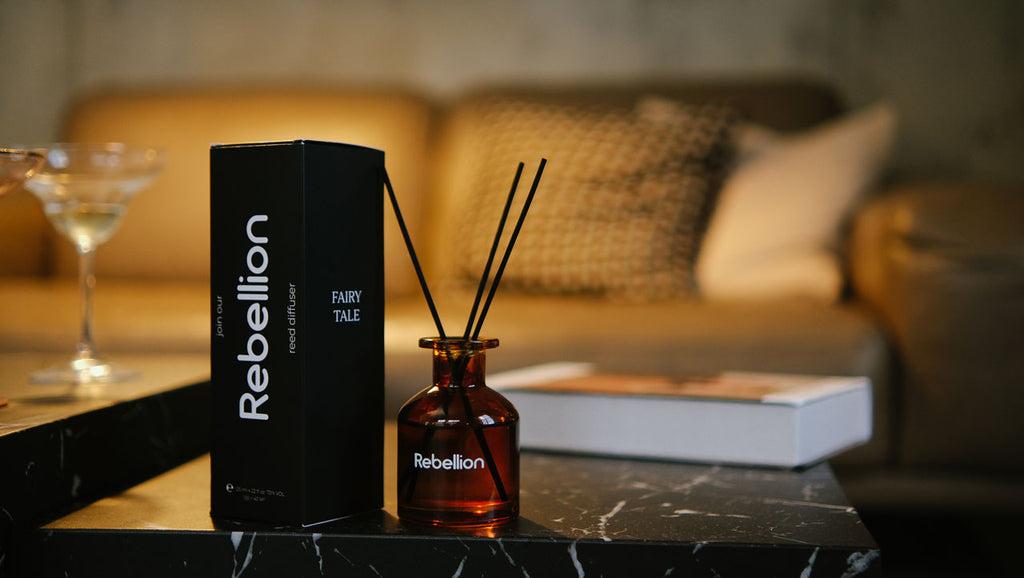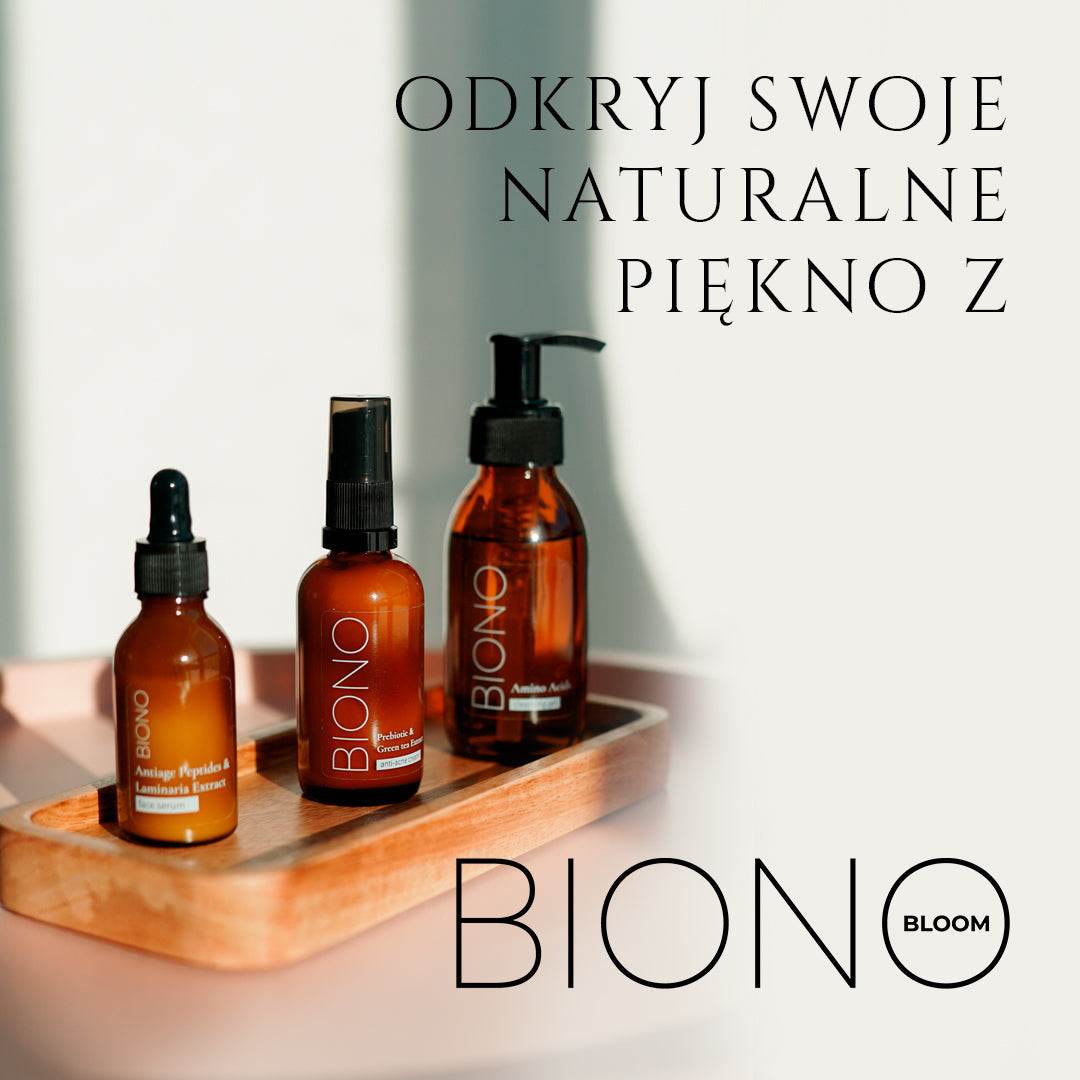
Ylang-ylang oil – properties, use on face and hair
Share
Exotic ylang-ylang oil, extracted from the flowers of the Cananga odorata tree, native to tropical regions of Asia, has captivated audiences for centuries with its intense, sweet aroma and exceptional skincare properties. In natural cosmetology, it has gained the status of one of the most versatile ingredients, equally effective on both skin and hair, offering comprehensive regeneration and improved condition.
What is ylang-ylang oil and why is it worth knowing?
Ylang-ylang oil is an essence obtained by steam distillation from the yellow, star-shaped flowers of the ylang-ylang tree. The name comes from Tagalog and means "flower of flowers," which perfectly captures its unique character. Depending on the distillation stage, different fractions of the oil are obtained – from the noblest "extra," through first, second, and third, each with slightly different properties and uses.
This natural beauty elixir contains a rich complex of active ingredients, including linalool, geranyl acetate, benzyl benzoate, and benzoic acid. This unique chemical composition is responsible for the oil's multifaceted effects—from regulating sebum secretion and anti-inflammatory properties to stimulating hair growth. Its aromatherapeutic properties also support stress reduction, which often causes skin problems.

Ylang ylang oil properties – comprehensive effect on the body
The properties of ylang-ylang oil go far beyond typical cosmetic effects. This natural ingredient has been documented to regulate sebaceous glands, making it ideal for both oily and dry skin. It acts as a natural regulator, restoring the skin's lipid and pH balance.
Research also confirms the oil's antiseptic and antibacterial properties, which support the fight against microorganisms responsible for skin inflammation. Additionally, the oil tones blood vessels, improving microcirculation and nutrient delivery to cells. This leaves the skin better nourished, with a healthy tone and a natural glow.
In the context of hair care, ylang ylang's properties include stimulating hair follicles for more vigorous growth and strengthening the hair structure from within. The oil penetrates deep into the hair shaft, repairing micro-cracks and smoothing its surface, which translates into increased elasticity and reduced breakage.
Ylang-ylang oil for the face - the secret of beautiful skin
Using ylang-ylang oil on the face requires some knowledge and caution, as it is a highly concentrated substance. It should never be applied directly to the skin undiluted—it should always be combined with a carrier oil such as jojoba, argan, or sweet almond oil, using a ratio of 1-2 drops of essential oil per teaspoon of base.
For oily and combination skin, ylang-ylang oil acts as a natural regulating serum. Applied in the evening, it helps reduce excess shine in the T-zone, minimizes the appearance of enlarged pores, and prevents imperfections. Regular use evens out skin tone and improves texture. It's worth adding a few drops to your favorite cream or serum to enhance its benefits.
Mature skin also benefits from this oil. Its regenerative properties support cell renewal, while antioxidants protect against premature aging. Ylang-ylang oil, when used as part of your evening skincare routine, helps reduce fine lines, improves skin elasticity, and gives it a radiant appearance. You can prepare a homemade mask by mixing a carrier oil with ylang-ylang and applying it to a cleansed face for 15-20 minutes.

Ylang-ylang hair oil – natural regeneration and shine
Hair care with ylang-ylang oil is a proven way to restore health, shine, and softness. It's especially recommended for dry, brittle, and lifeless hair that requires deep regeneration. The oil also benefits the scalp, regulating sebum production and soothing irritation.
The easiest way to use ylang-ylang oil for hair is to enrich your shampoo or conditioner. Simply add 3-4 drops to the amount of shampoo needed for one wash and massage thoroughly into the scalp. This will not only cleanse but also oxygenate hair follicles and stimulate new hair growth. Regular use of this treatment can accelerate hair regrowth by up to 30%.
For maximum effect, it's worth preparing a homemade oil mask. The ideal base is coconut oil (2 tablespoons), to which add 5-6 drops of ylang-ylang oil. Apply the prepared mixture to the hair and scalp, gently massaging, and then leave it on under a warm towel for at least an hour, preferably overnight. After this treatment, hair becomes soft, shiny, and much easier to comb.
Ylang-ylang oil - what else can you use it for?
Besides cosmetic applications, what else can ylang-ylang oil be used for? Its versatility allows it to find a place in many aspects of daily care. In aromatherapy, it is used as a natural relaxant, lowering cortisol levels and helping to combat stress. A few drops in an aroma diffuser create an atmosphere conducive to relaxation and regeneration.
In body care, the oil works wonderfully as a bath additive. Mixed with sea salt or milk (which acts as an emulsifier), it creates a luxurious, regenerating bath that simultaneously moisturizes the skin and soothes the senses. After a bath, skin is left soft, smooth, and delicately perfumed. You can also create your own body scrub by combining cane sugar, coconut oil, and ylang-ylang oil.
The oil also works well as an ingredient in homemade deodorants and cream perfumes. Its long-lasting, oriental aroma provides an excellent base fragrance, combining with citrus, woody, or floral notes. Just a few drops added to unscented body lotion create your own unique fragrance that will accompany you all day long.

How to use ylang-ylang oil correctly – practical tips
Safe use of essential oils is crucial for optimal results without the risk of irritation. Despite its numerous benefits, ylang-ylang oil requires proper dilution and adherence to basic guidelines. Before first use, always perform an allergy test by applying a drop of diluted oil to the inside of your wrist and observing your reaction for 24 hours.
Recommended oil concentrations in preparations are:
- For facial care: 0.5-1% (1-2 drops per 10 ml of base)
- For hair and scalp: 1-2% (3-4 drops per 10 ml of base)
- For body massage: 2-3% (6-9 drops per 30 ml base)
- For bathing: maximum 8 drops mixed with emulsifier
The best carrier oils for dilution are jojoba oil (ideal for oily skin), argan oil (universal), sweet almond oil (gentle, for sensitive skin), and coconut oil (for hair and body). It's also worth remembering that ylang-ylang oil has a very intense scent, so less is more – too much can be overwhelming and cause headaches.
Storing the oil is also important to maintaining its properties. It should be kept in a dark bottle, in a cool place, away from direct sunlight. Properly stored, the oil will retain its properties for 2-3 years after opening. Close the bottle tightly after each use to prevent oxidation.
Combinations of ylang-ylang oil with other ingredients
The synergistic action of essential oils allows for the creation of even more effective cosmetic products. Ylang-ylang oil blends perfectly with many other oils, enhancing their effects and creating comprehensive solutions for various skin and hair problems.
For problematic and acne-prone skin, the ideal combination is ylang-ylang with tea tree oil and lavender. This trio has antibacterial, anti-inflammatory, and regulating properties. For 30 ml of carrier oil, add 3 drops of ylang-ylang, 4 drops of tea tree oil, and 3 drops of lavender. Applied topically to inflamed areas, this preparation accelerates healing and prevents new blemishes.
In hair care, it's a good idea to combine ylang-ylang with growth-stimulating oils like rosemary, peppermint, or cedarwood. A hair growth ointment may contain:
- 50 ml castor oil (base)
- 6 drops of ylang-ylang oil
- 6 drops of rosemary oil
- 4 drops of peppermint oil
- 4 drops of cedar oil
For mature skin, you can create an anti-aging serum by combining ylang-ylang with rosehip seed oil, geranium oil, and frankincense oil. Add 2 drops of each essential oil to 30 ml of rosehip seed oil. Applied in the evening to cleansed skin, this serum supports regeneration, reduces wrinkles, and improves elasticity.
Ylang-ylang oil – when to be careful
Despite its numerous benefits, ylang-ylang oil is not suitable for everyone or in every situation. There are certain contraindications and situations in which you should exercise extreme caution or avoid its use altogether. Awareness of these limitations is crucial to safely enjoying the benefits of this oil.
Pregnant women, especially in the first trimester, should avoid using ylang-ylang oil due to its hormonal-regulating properties. Similarly, people with very low blood pressure should be cautious, as the oil has a hypotensive effect. Individuals with sensitive skin may experience an allergic reaction, so a patch test is essential.
Excessive concentration of the oil or prolonged exposure to its aroma may cause headaches, nausea, or dizziness. If these symptoms occur during use, discontinue use immediately, ventilate the room, and drink plenty of water. The oil may also increase skin sensitivity to the sun, so it's best to avoid intense sunlight for several hours after applying to the face.
People taking antidepressants, sedatives, or blood pressure medications should consult a doctor before using this oil, as it may interact with some of the active ingredients. It should also be avoided in combination with alcohol, which can intensify its relaxing effects to the point of excessive sedation.
Summary – ylang-ylang oil as a treasure of nature
Ylang-ylang oil is a true universal elixir that deserves a permanent place in the cosmetic bag of every beauty enthusiast. Its rich composition, multifaceted effects, and pleasant aroma make it an ideal ingredient in homemade cosmetics. From regulating sebaceous glands, to stimulating hair growth, to providing relaxation – the spectrum of applications is impressively wide.
The key to success, however, is the conscious and responsible use of this powerful oil. Following dilution guidelines, performing allergy tests, and adjusting the concentration to your skin type guarantee safety and maximum results. Combined with appropriate carrier oils and other essential oils, ylang-ylang can become the foundation of a comprehensive, natural skincare regimen that will deliver visible results after just a few weeks of regular use. Nature has blessed us with this unique gift—it's worth using it wisely and with full awareness of its potential.






